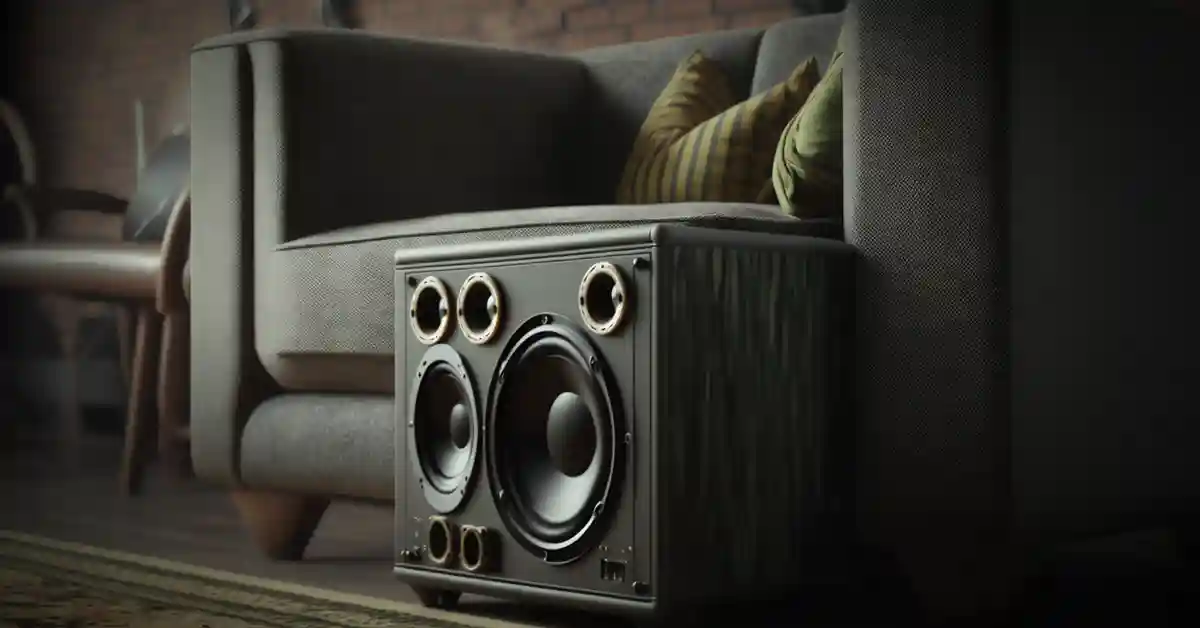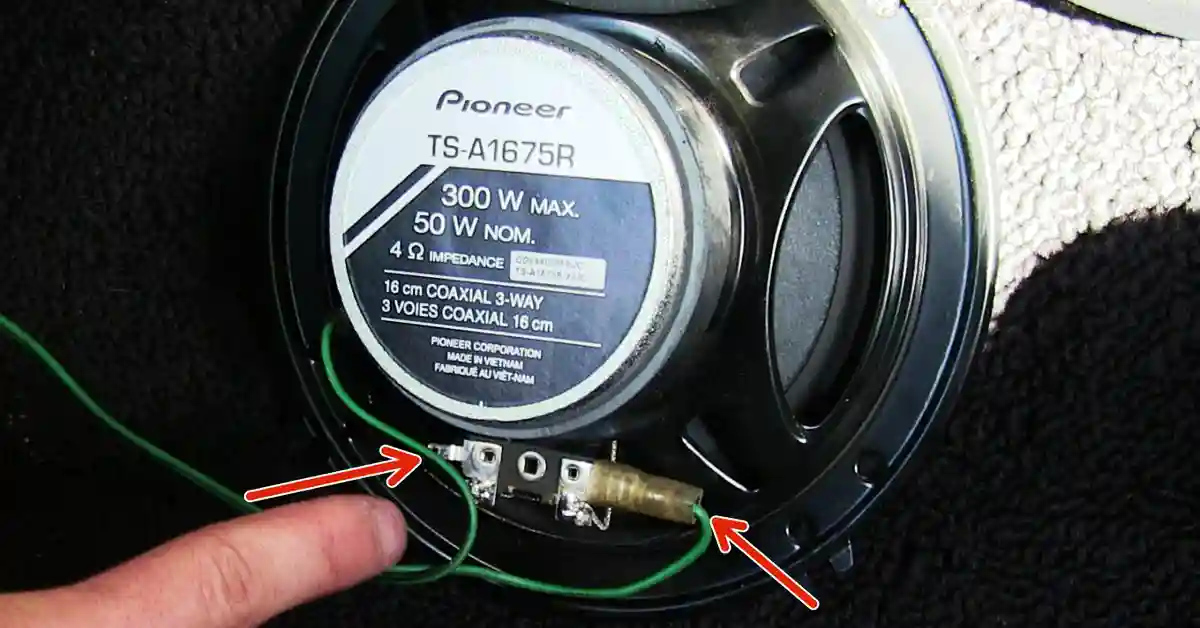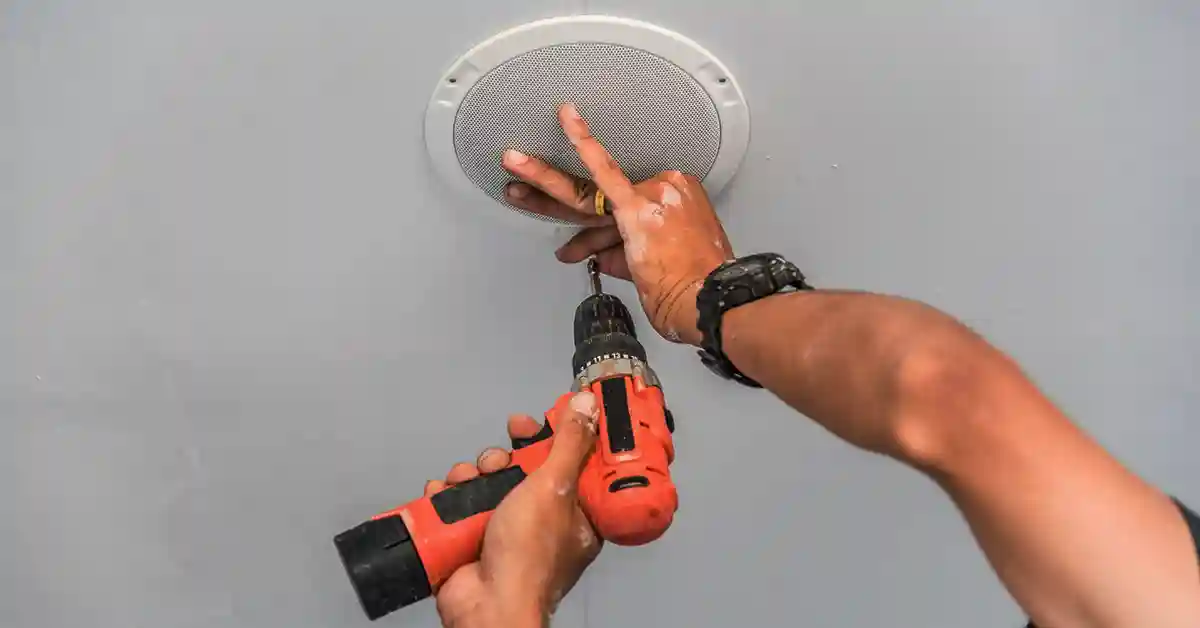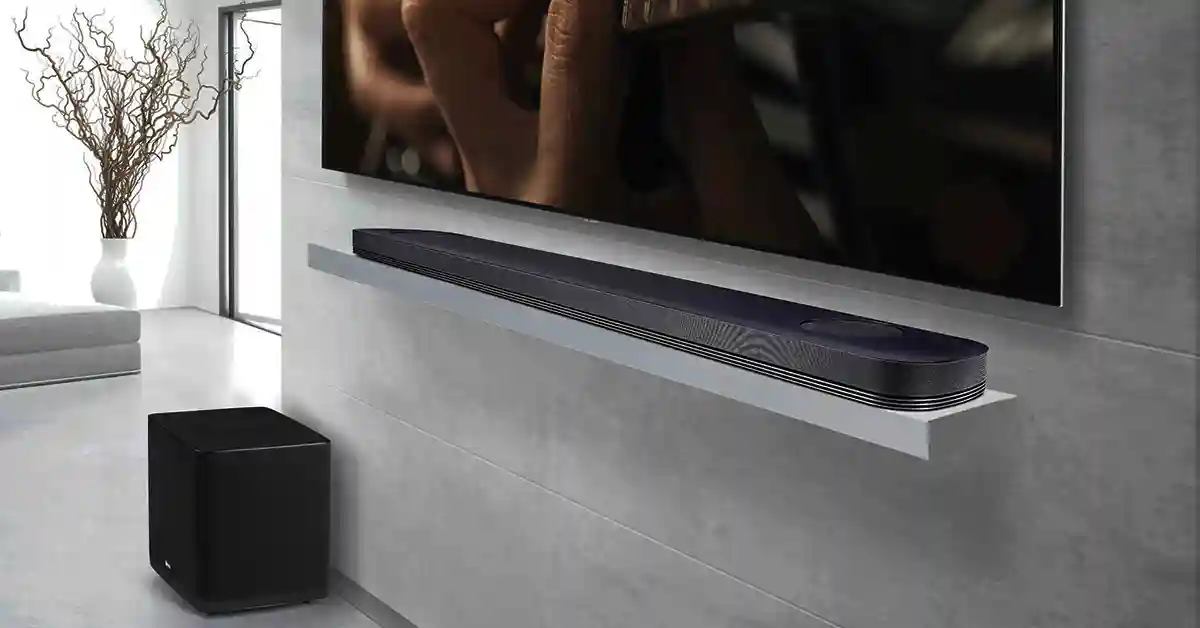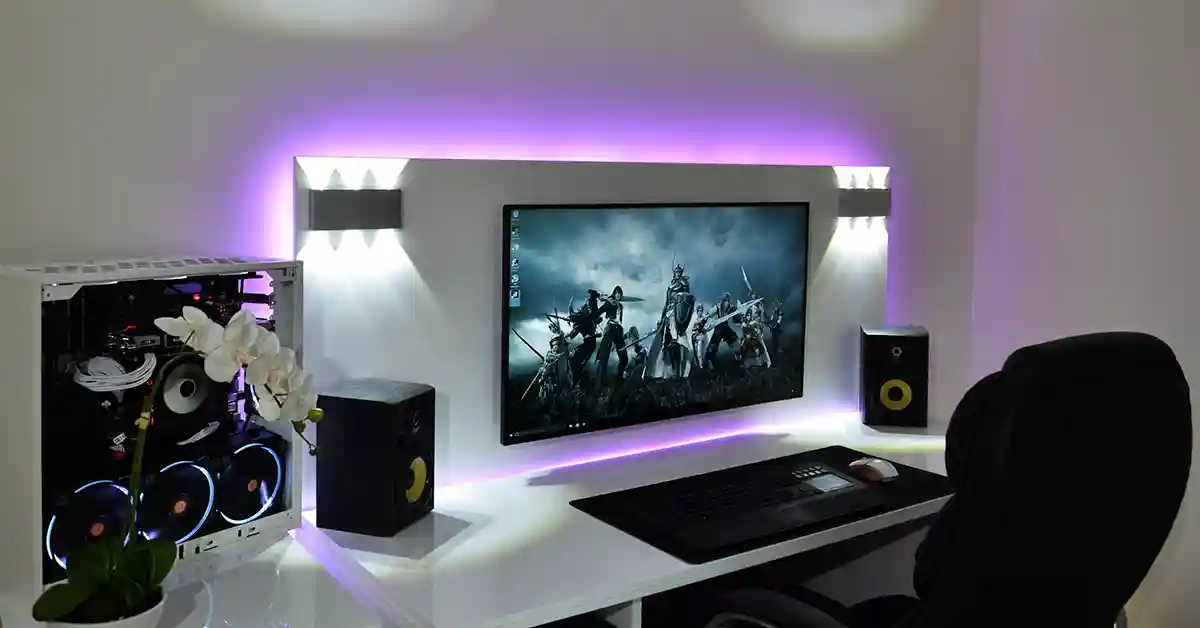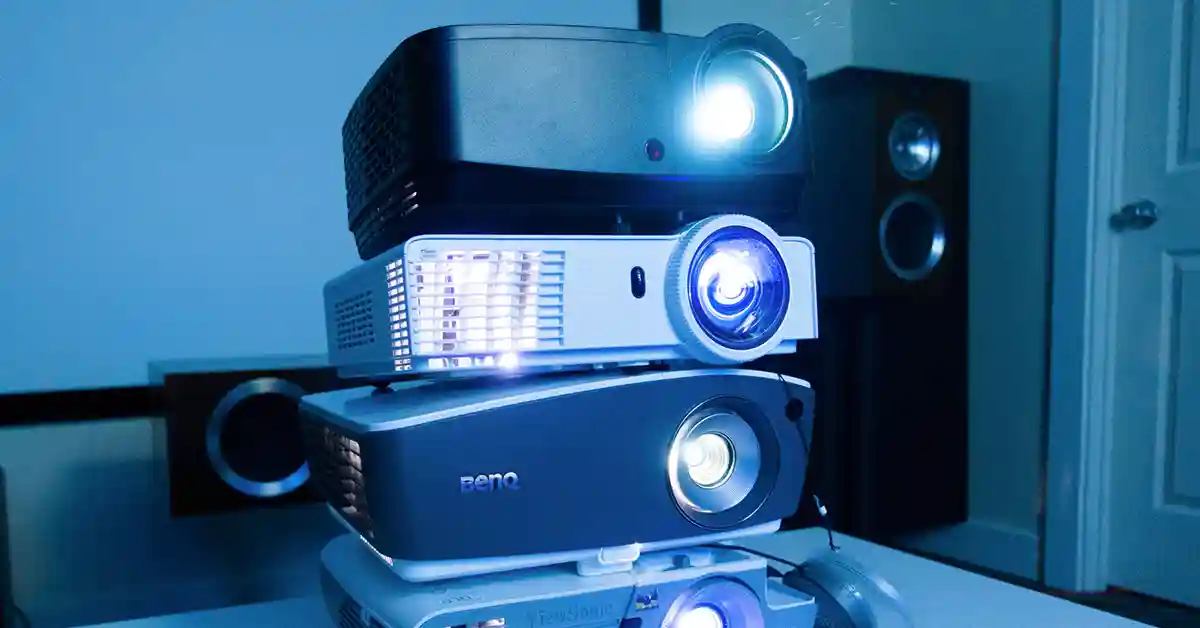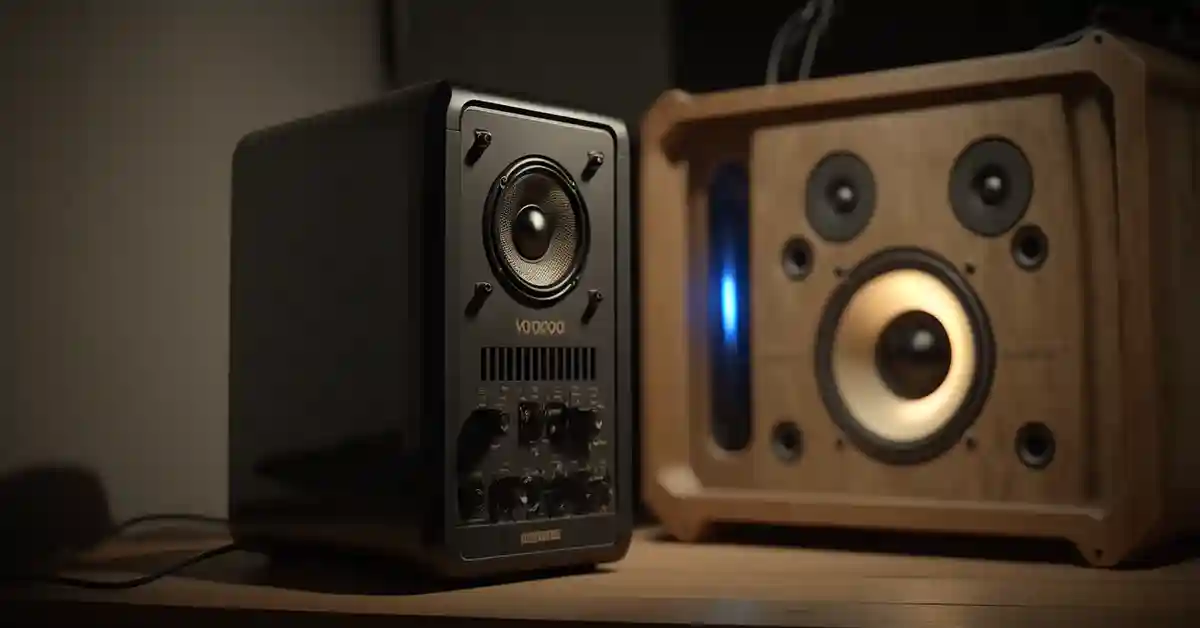What Is A Good Frequency Response For Speakers
Trying to find the perfect speaker to help maximize your listening experience isn’t easy. Firstly, how do you even determine if the speaker is the right one?
Speakers are responsible for converting electromagnetic waves into sound waves. They provide the interface between your system’s electronics and the physical world where you hear sound. Now imagine buying your dream sound system only to realize that you don’t have the right speakers. That would ruin your entire listening experience, right?
Luckily, there’s a way for us to determine whether or not a speaker is worth buying, and it's known as frequency response. In this article, we’ll take a closer look at what this term means, how to interpret it, why it’s important, and how it relates to the speakers you buy.
What Is Frequency Response In Speakers
Frequency response describes the audible frequency range that a loudspeaker can reproduce. Every piece of audio equipment has a frequency response.
Why Is Frequency Response So Important?
Frequency response is one of the most fundamental aspects of sound. A speaker needs to be able to reproduce even the most complex sounds at different frequencies.
They all need to have the perfect frequency response, whether you're working with speakers, mics, headphones, amp, etc. If not, you won't be able to hear the sound correctly. And if the frequency response is off, nothing else matters.
What Frequency Response Is Good For Speakers
The preferred frequency response for speakers is 20 Hz to 20 kHz (20000 Hz). This is because human beings have an audio frequency range of between 20 Hz and 20 kHz. Often, when audio equipment is within this frequency response range, it's known as "full-range response."
In a perfect world, a good speaker would reproduce all the frequencies between 20 Hz and 20 kHz. However, not all speakers do, and manufacturers end up overstating their speaker sensitivity.
It's important to remember that speaker polarity can also play a massive role in audio playback, so this is always something to consider.
Audio Frequency Range
Sub-Bass Frequencies
A sub-bass frequency lies on the lower end of the spectrum. It ranges from 20 Hz to 60 Hz. Most people can't hear audio tones that are in this frequency, but they can feel them. For instance, if you've ever been to a concert or a party and felt strong vibrations flowing through your body, it's likely from the sub-bass produced by the sound system.
Bass
The bass that you hear from sound systems ranges from 60 Hz to 250 Hz. Bass is easier for humans to hear than sub-bass. Some manufacturers try to boost low-quality speakers to produce more bass, which creates a woolly effect.
Low Midrange Frequency
A lower-midrange frequency ranges between 250 Hz and 500 Hz. These frequencies can easily be heard, and there are some people whose voices can produce them.
Midrange Frequency
Mids span between 500 Hz to 2 kHz and are responsible for most of the vocals that you hear. If the vocals you hear sound muffled, it's likely because the midrange frequency is lacking.
Upper Midrange Frequency
Upper Mids have a range of between 2 kHz and 4 kHz. They help give speech detail and make it easier to hear the ch, sh, z, and tiss sounds. If your audio equipment lacks upper mids, it'll likely sound dull. Upper mids are also where most of the reverb comes from. One drawback of these is that if you boost them too much, they can put a significant strain on your ears.
High-End Frequency
As their name suggests, these lie on the higher end of the spectrum. Highs span from between 4 kHz and 20 kHz. If these aren't reproduced correctly, the sound may get distorted and ruin your listening experience.
Frequency Response Graphs
More often than not, you’ll come across this type of graph. It has frequency along the x-axis and level (measured in decibels) along the y-axis.
This particular graph represents the input and output of a device with flat frequency response. Frequency response graphs are one of the most effective ways of interpreting frequency response because they show the range of frequencies a device can pass and the relative level of each frequency within that range.
Usually, manufacturer specs won’t include a graph like the one above. Instead, it'll have two numbers that’ll appear like this: 20 Hz - 20 kHz. The two numbers represent the range of the frequency response.
The first is the lowest frequency, and the second is the highest frequency a component can produce. However, sometimes determining frequency response by using only these two numbers isn’t enough.
A more accurate way of determining speaker response is by giving tolerance. This is the range within which the speaker produces all of the frequencies within its frequency response range. In other words, the tolerance tells us the maximum deviation in level over the stated frequency range.
When a device’s tolerance is not stated, then the frequency range alone doesn’t tell you much. It's worth noting that when nothing is specified, we assume that a device has a tolerance of +/- 3 dB, but there are exceptions to this.
What Is A Flat Frequency Response?
The Ideal frequency response does not adjust the volume of the bass, middle, or treble from the original source, i.e., the output signal is equal to the input signal. This is what's known as "flat" frequency response.
Significant peaks or valleys in the frequency response will result in some frequencies sounding much louder or quieter than others. This is why it's important to have a flat frequency response.
Flat Response Speakers
These are speakers that have an audio frequency range of between 20 Hz to 20 kHz. Most people would recommend speakers within this range, but they're usually very expensive.
In most cases, flat response speakers are designed for a controlled environment. They don't work well when used at home because there's a lot of ambient noise.
What Kind of Speakers Should You Buy?
The best speakers to use at home are bookshelf speakers. These speakers don’t have a flat response because manufacturers account for the ambient noise in rooms, so they tweak the speakers accordingly. We’ve already touched on why flat response speakers wouldn’t work at home, and these provide the perfect alternative.
According to Rolling Stone magazine, the best bookshelf speakers for you to consider are Klipsch The Fives Powered Speaker System, Edifier P17, Pioneer SP-BS22A-LR, and ELAC Uni-fi UB5 Bookshelf Speaker.
Conclusion
By now, you must have a clear understanding of what frequency response is and why it's important. You should also know which frequency response is suitable for speakers and what the different audio frequency ranges are.
You should know why tolerance is important and how it relates to a speaker’s frequency response.
You should now understand what flat frequency response is and why speakers with a flat frequency response may not work well in your home.
So now all that’s left for you is to pick out the perfect speaker, sit back, and enjoy.
Related Articles

